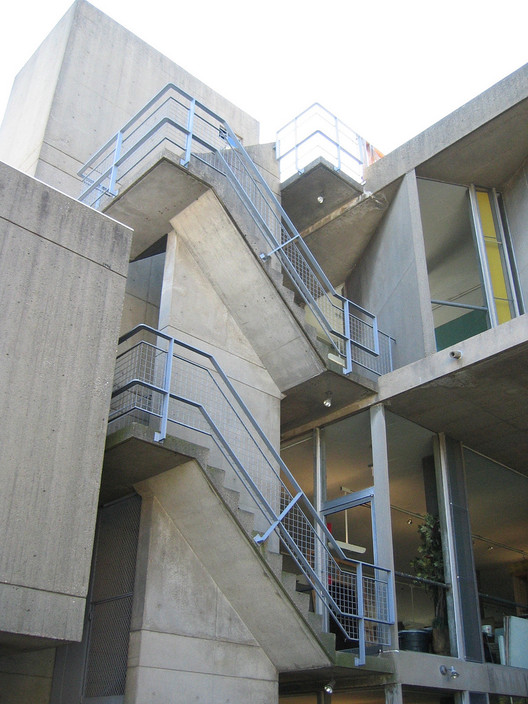
-
Architects: Le Corbusier
- Year: 1963
Text description provided by the architects. The first and only building in the United States designed by the 20th Century master architect Le Corbusier sits among some of the oldest buildings that date back to before the United States was organized.



























